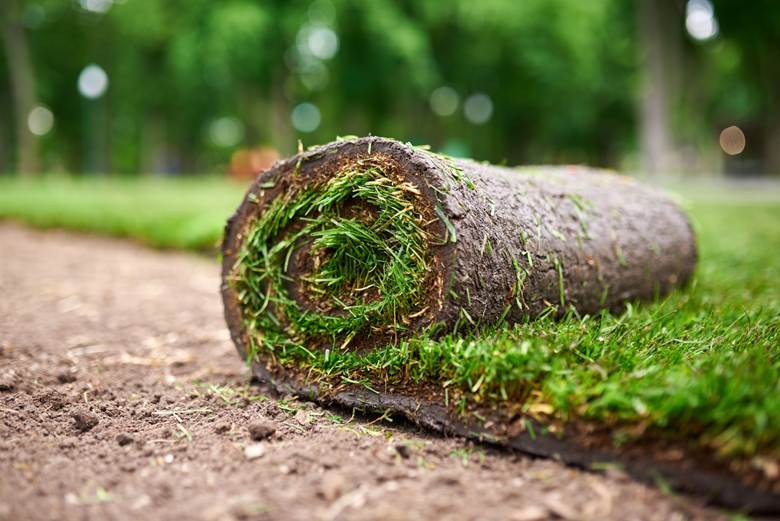
Designing an outdoor space requires more than just aesthetic preference. It calls for a thoughtful approach to balance structure and nature. Striking that balance between hardscape and softscape is essential for both functionality and beauty, whether you're managing a residential complex or a commercial property. The wrong mix can make a space feel cold and unwelcoming or overgrown and chaotic.
Understanding the Two Sides of Landscape Design
Hardscape includes the non-living elements in an outdoor design. Think patios, walkways, stone walls, retaining borders, and decks. These components provide structure and guide the layout of the space. Softscape, on the other hand, refers to living elements such as grass, shrubs, trees, and flowers. These bring movement, texture, and seasonal change into the environment.
An effective outdoor design uses hardscape to provide accessibility and permanence, while softscape adds softness and life. The relationship between these two must be intentional. Too much concrete or stone can lead to drainage issues and make the space feel sterile. Overloading a site with plants can lead to high maintenance needs and limit the usefulness of walkways and seating areas.
Designing with Use and Maintenance in Mind
Function should lead form. If an area sees heavy foot traffic, hardscape paths are crucial for durability. But surrounding those with mulch beds or shrubbery can soften the look and reduce soil erosion. Planting trees strategically near hardscape features provides shade and prevents heat buildup from concrete surfaces during warmer months.
Maintenance is another factor. Landscaped areas with more softscape need regular attention. A commercial lawn sweeper, for instance, becomes essential during seasonal shifts when leaves and debris can pile up. Choosing native or drought-tolerant plants reduces the demand for water and care, helping maintain a healthy visual balance without overwhelming your resources. Consistent upkeep also prevents small issues from escalating into costly repairs or unsightly overgrowth.
Long-Term Benefits of a Balanced Approach
Balancing hardscape and softscape does more than just create an attractive space. It influences property value, environmental health, and user satisfaction. A good design helps manage stormwater runoff, reducing the risk of flooding or erosion. It also supports biodiversity by encouraging pollinators and other beneficial wildlife.
Visually, the contrast between organic and man-made textures creates interest and improves curb appeal. From a practical standpoint, it promotes usability. Residents and visitors are more likely to enjoy outdoor areas that feel organized yet natural, purposeful yet relaxing. This thoughtful combination can also increase property value by making the outdoor space feel cohesive and well-planned.
Any successful landscape begins with a plan that respects both the land and how people will use it. Hardscape gives shape to the space, while softscape breathes life into it. Finding the right combination of these elements is less about rules and more about reading the needs of the space and the people it serves. With thoughtful planning and attention to maintenance, outdoor spaces can become more than a visual feature. They become a destination. For more tips and tricks, look over the infographic below.









